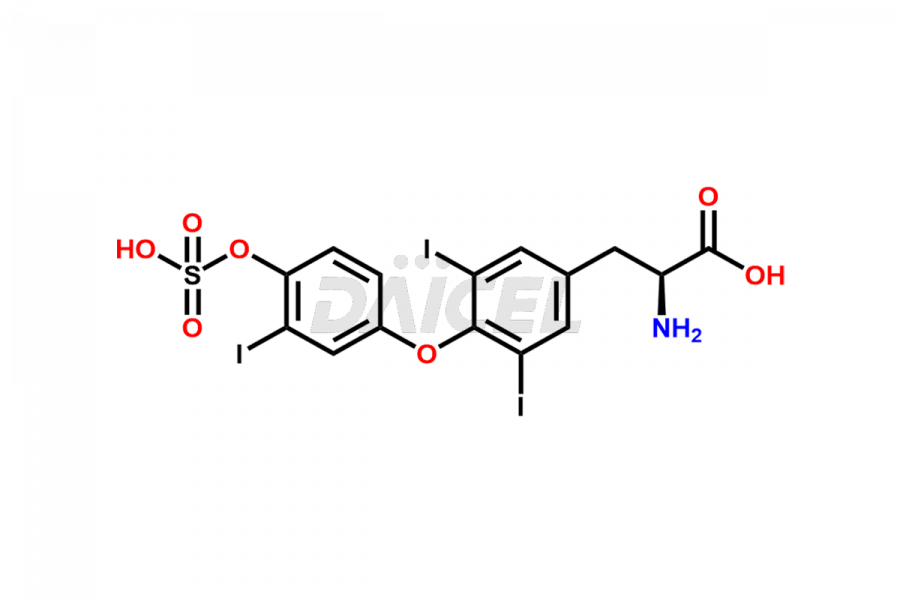Levothyroxine
References
- Nishinaga, Akira; Kon, Hideo; Cahnmann, Hans J.; Matsuura, Teruo, Model reactions for the biosynthesis of thyroxine. XI. Nature of a free radical formed in the autoxidation of 4-hydroxy-3,5-diiodophenylpyruvic acid, Journal of Organic Chemistry, Volume: 33, Issue: 1, Pages: 157-62, 1968
- Hathaway, James A.; Sannella, Joseph J.; Hunter, DeWitt T. Jr., Thyroxine determination by continuous spectrophotometry, American Journal of Clinical Pathology, Volume: 53, Issue: 5, Pages: 635-40, 1970
Frequently Asked Questions
Can Levothyroxine impurities affect the drug's therapeutic response?
Higher levels of impurities in Levothyroxine may impact its therapeutic response, efficacy, or consistency, necessitating strict control measures during manufacturing.
Can Levothyroxine impurities undergo chemical transformations over time?
Some Levothyroxine impurities may undergo chemical transformations or degradation during storage, which can affect the overall purity and stability of the drug.
Can Levothyroxine impurities affect the drug's interaction with other medications?
Some impurities may interfere with the pharmacokinetics or pharmacodynamics of Levothyroxine, potentially impacting its interactions with other medicines.
What is the recommended storage temperature for Levothyroxine impurities?
Levothyroxine impurities should be stored at a controlled room temperature, usually between 2-8 °C.
Note: Products protected by valid patents by a manufacturer are not offered for sale in countries having patent protection. The sale of such products constitutes a patent infringement, and its liability is at the buyer's risk.

